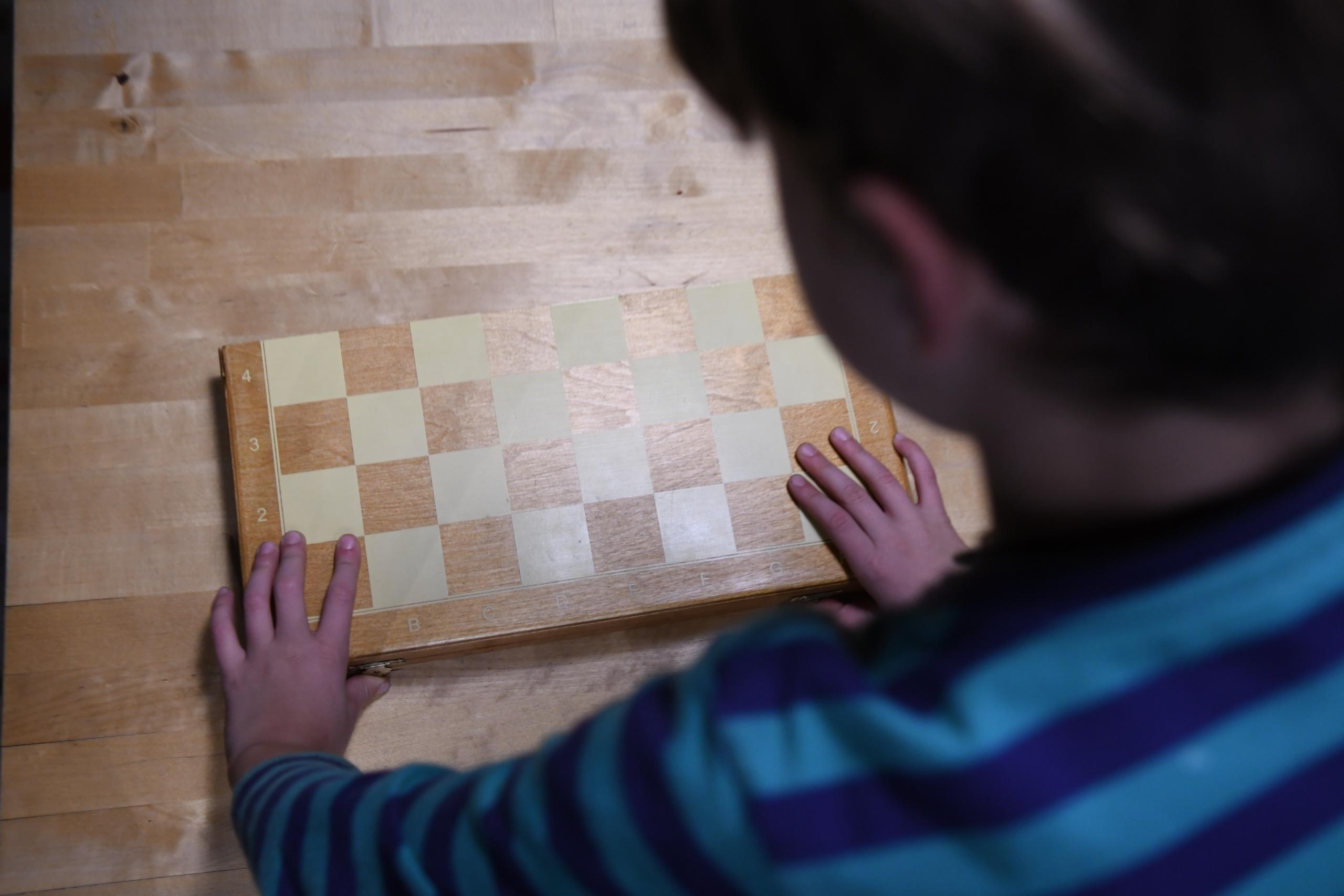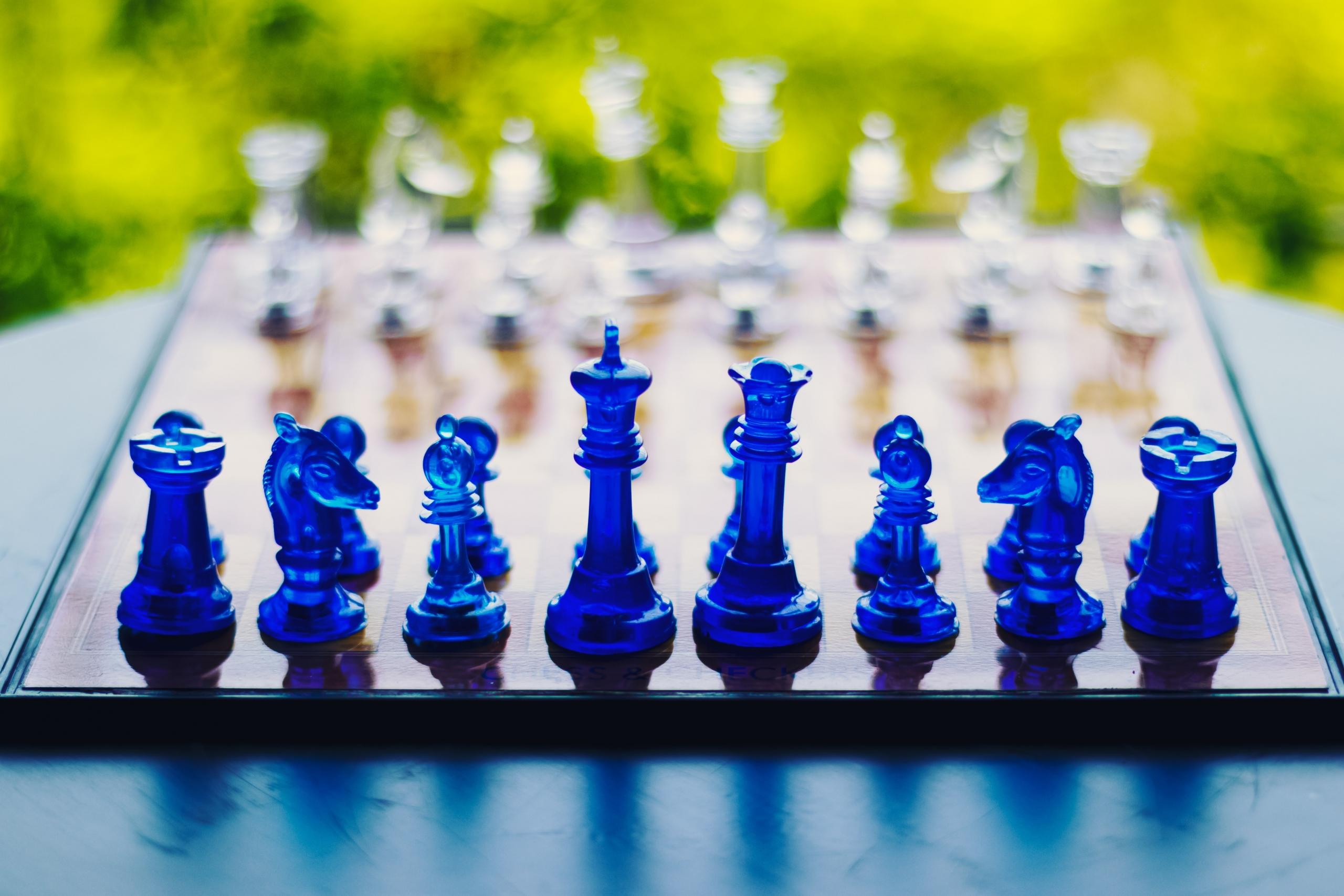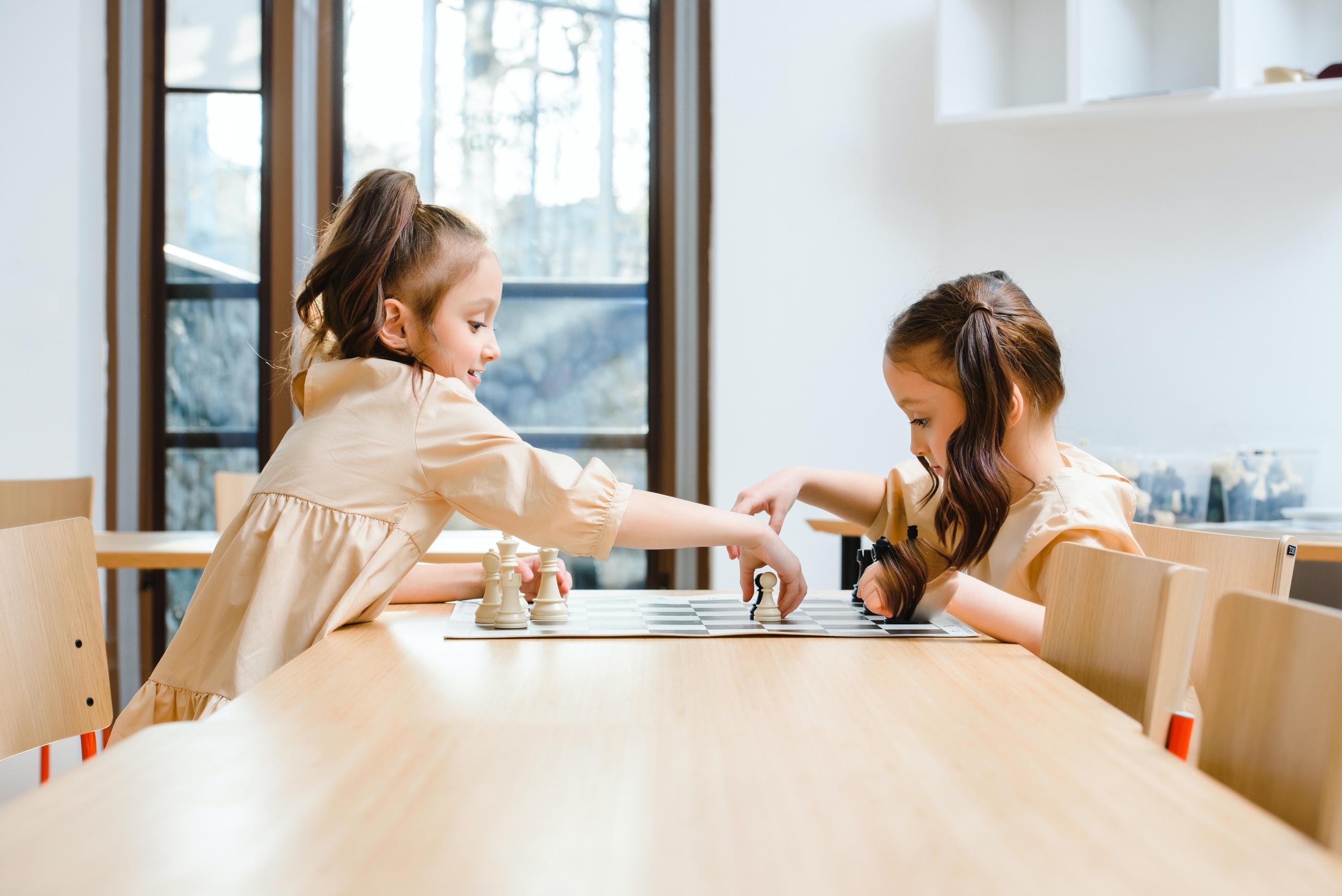“Chess is a difficult game. If it were less difficult it would not be so much fun.” - Wolfgang Heidenfeld
One of the board games that is commonly played to date is chess. You may already be familiar with the 8 x 8 checkered blackboard. Almost everyone has seen a chessboard before. Perhaps most people play chess because it is the board that is interesting to them. Think about it: if you find a particular gameboard interesting, you will be all the more eager to move the pieces on the board.
You must remember chess sets are valuable in teaching the game because in chess not only is the board itself important but each chess piece too. By now you must be well aware that each chess piece holds a different rank in terms of importance.
Do you think if your child has to catch a glimpse of the chessboard, he or she will be just as interested and intrigued by the game?
Well, probably not! So how can you introduce the game of chess to your child?
Have you seen the Harry Potter chess set? If that doesn’t turn some young heads, then I’m not sure what else will.
A chessboard that is based on your child’s favourite movie will surely ignite your child’s imagination. So teach chess rules with a chess set that your child will particularly enjoy looking at and playing on.

Moving Pieces Around The Chess Board
“Tactics means doing what you can with what you have.” - Saul Alinsky
So you have found a chessboard that has caught the attention of your child? Now what?
This is the part where you start to teach tactics. You need to start by teaching how to set the chessboard up in such a way, that the pieces on the chessboard look like it has been rather easily set up. A beginner-friendly setup is ideal as you don’t want to overwhelm your child with all the aspects of chess from the onset.
You must remember to place the board in such a way that each player has a light coloured square in their bottom right-hand corner. Make this a mandatory rule when your child is placing the chess pieces on the board. A simple rule like this will be grasped at once by your child who will soak anything that you teach him or her rather easily.
You could also resort to using the online resources that you have at your disposal when introducing your child to the chessboard and the tactics needed in a game of chess.
Remember, you are the main motivator when it comes to keeping your child excited about playing the game of chess.
Perhaps you can watch a movie with your child in which the characters are playing a round of chess. In this way, you can quiz your child as to whether the characters in the movie have set the chessboard correctly or not. In most movies that depict chess games, the board is never set as it is supposed to be set. Noticing incorrect board settings in movies or series is great so that you can explain to your child the essence of correctly setting up the chessboard.
Play Chess: New Ways to Get Children Enthusiastic About Chess

“Strategy requires thought. Tactics require observation.” - Max Euwe
You showed your child the chessboard, and you have explained to your child how to set up the chessboard. Is that enough for you to get your child ready to play chess?
Well, no!
Many parents introduce chess with an instructional chess set as the instructional set teaches beginner players in a unique way.
Before you even start to play chess, set the right atmosphere for playing the game. You need to ensure that you teach your child that the main idea behind playing a game of chess is to enjoy the game.
If you set the competitive tone from the onset, your child will feel stressed out during the game and he or she might not even learn anything.
If you feel that you do not have the patience to take the learning process step by step, perhaps consider reaching out to a chess tutor who will do the task of teaching your child the game of chess justice.
Story Time Techniques
There are so many chess pieces, how can you get your young child to remember each piece and how the pieces must move?
It may seem too complex to teach the rules of chess if you don’t look for ways to make learning about each piece fun. Why not incorporate stories when teaching your child about chess?
Create a character trait for the queen that links to how the queen ought to move. You can even create a character trait for the king that shows the importance of the king.
Making a traditional game of chess into an animated story is of utmost importance. This will allow your child to understand the game and remember what is what and how pieces need to move.
The Importance of the Chess Board Setup
Set yourself up for failure or set yourself up for a checkmate, the option is yours!
Either way, you need to set time aside to regularly revisit the setup of the chessboard. Before you even teach your child more advanced chess tactics or how to play the game properly, your child must understand the chessboard set up and know how to set up a chessboard like the back of his or her hand.
You’ve taught your child the correct way to place the chessboard, now explain that setup starts from the very first rank (horizontal rows are called ranks in chess).
The rooks get set up first! Start by placing the rooks on the four corners of the board. Simple enough?
Then take your knights and place them next to the rooks. Make sure to put the bishops next to the knights. The setup already sounds like quite a story, doesn’t it?
The queen is placed more centrally. She is placed on a square that is the same in colour as the queen chess piece itself.
Pawns are placed on the second rank so that every other chess piece has a pawn in front of them.
Your board is set up, now your visual story is ready to be told. If you have been watching the Netflix show, “The Queen’s Gambit,” you would know that chess is a game that entails visual awareness.
Your child must memorise the positions of the pieces on the board as the board is being set up and then your child should be able to visually glance at which possible move or move would be best for him or her.

Playing Chess After Knowing The Myths Surrounding Chess
“ An hour’s history of two minds is well told in a game of chess.” - Jose Raul Capablanca
Chess is known as the game of the kings and rightly so because it is believed that the historical trajectory of chess can be traced to 1500 years ago. The game of chess is believed to have begun in Northern India.
The history of chess, however, remains as not as clear-cut as it may seem. In fact, there are numerous myths and stories surrounding this particular game and how the game came to be.
Chess quite obviously underwent many variations until it became the game that we are familiar with today.
When you start teaching your child all about the game of chess, make sure that you include the enigma of chess and how the came actually came to be in your discussions. You want to leave your child pondering about certain aspects of the game so that he or she can show more interest in everything chess-related.
As the myth states, an Indian tyrant king lived long ago. There was also a wise man called Shahram who wanted to explain to the king all about the importance of every resident within the king’s kingdom.
That is why the different chess pieces came to be. Each piece represented a member of the society with the king also being present in the game (the kingdom). The king, after listening to the wise Shahram, started to understand the game and could even relate the game to his life. In this way, the king became particularly fond of the game and ordered everyone in his kingdom to play the game. That is how everyone in India became hooked on chess.
The myth in itself will be an interesting story for the children to listen to and enjoy. It may also help them understand why each piece has a rank and why pieces are arranged in the way they are on the board. However, you need to allow your child to look at the chessboard and envision a kingdom of his or her own.
Any child who can envision his or her own story on the 64 blocks of the chessboard will enjoy playing the game of chess!















